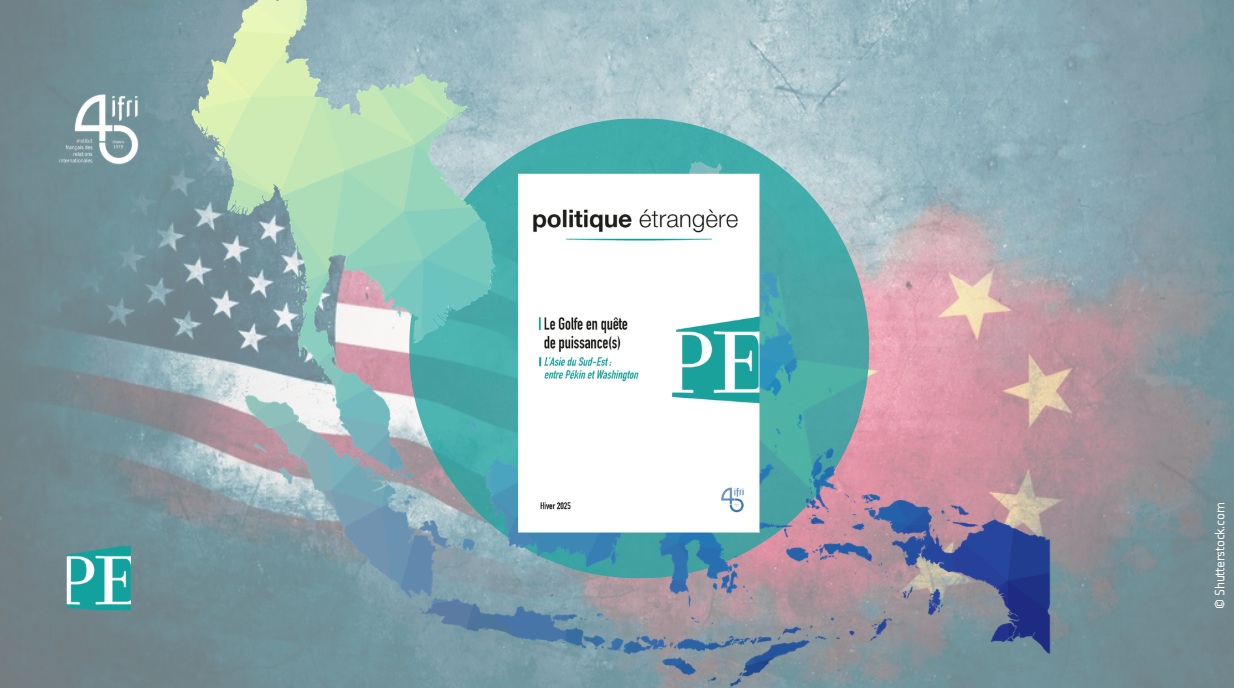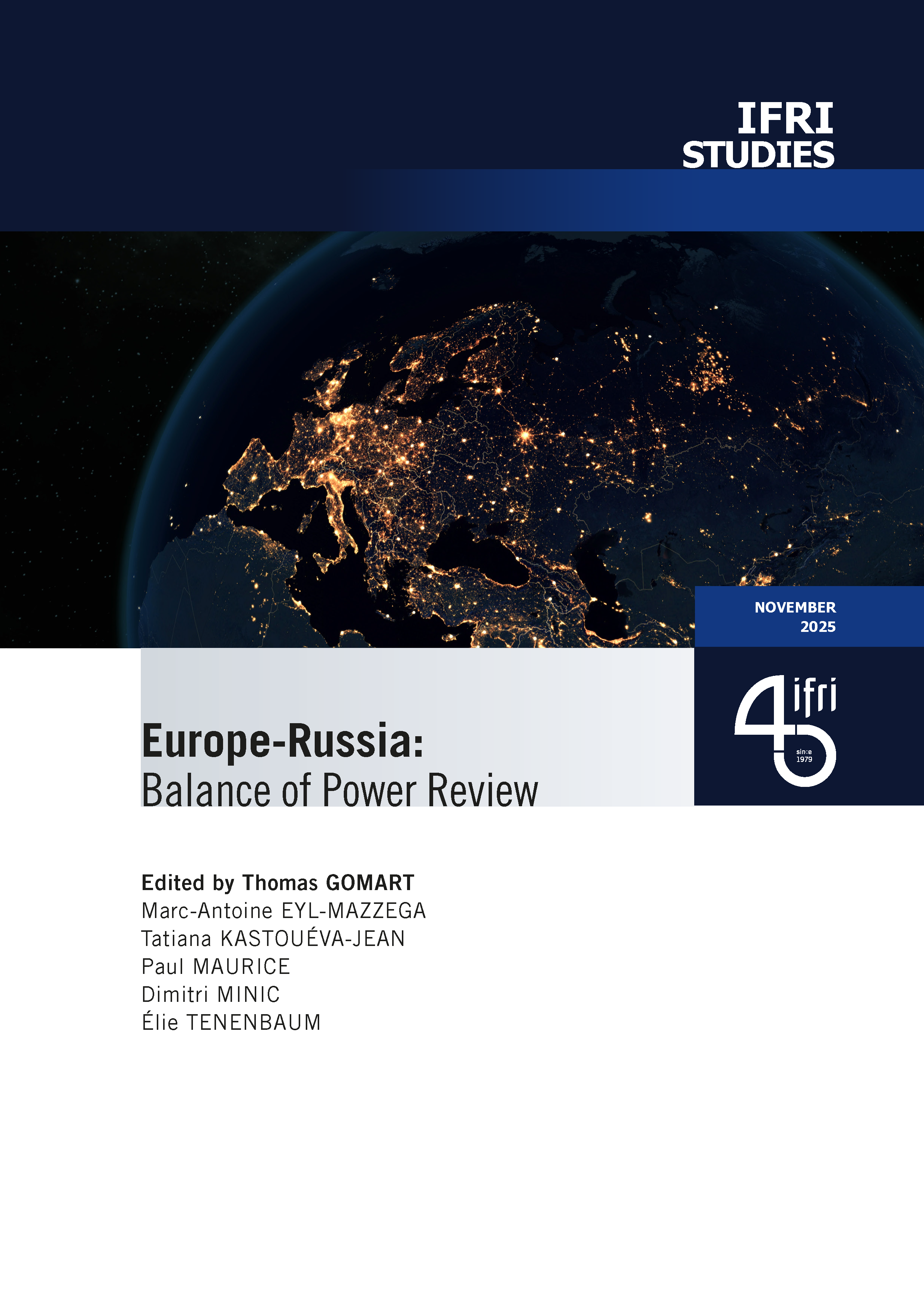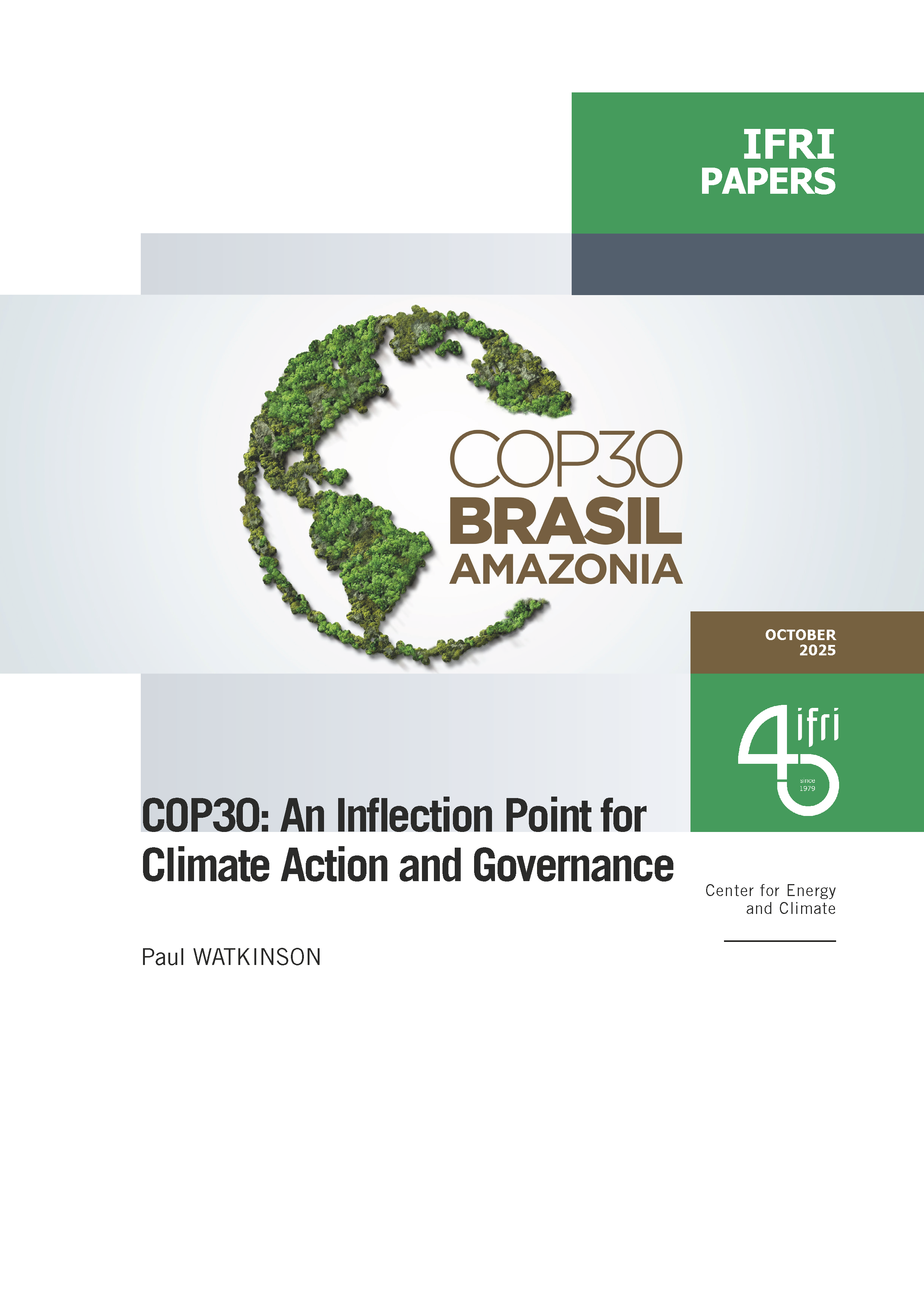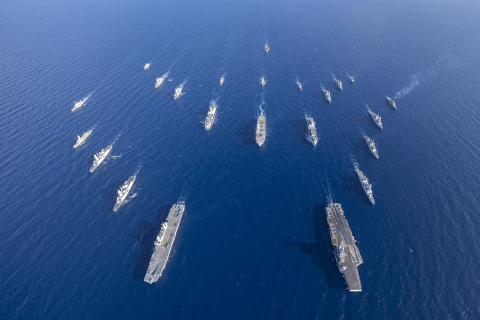Caught between China and the US: Southeast Asia’s Strategic Fence-Sitting

The secret of success for many Southeast Asian countries has been their choice of economic and diplomatic multilateralism. Fence-sitting between rival powers is becoming fraught. China inspires a degree of fear in the region, due to its clout and geographical proximity. And under Trump, the United States is on the offensive against the multilateral trade system, with major diplomatic consequences. Can Southeast Asian countries maintain their balance by embracing new partnerships?

We often read that, highly sought after for their location and potential, Southeast Asian (SEA) countries are maneuvering between two major powers, China and the United States, close to the former for economic reasons and to the latter for security reasons. The reality is more complex and nuanced, and increasingly so. SEANAP countries have sought to avoid taking sides, and their ability to derive the maximum benefit from their relationships has been one of the keys to their economic success and stability. In fact, they have been the major beneficiaries of the Sino-American rivalry thus far.
They have been able to capitalize on globalization and the ties they have forged with their two major partners, but also with partners such as Japan, European countries and, to a lesser extent, Australia, South Korea, and India. The secret to their economic success lies in their commitment to economic openness and multilateralism, as well as their integration into global value chains. This choice of multilateralism is also reflected in the diplomatic arena; the motto of these countries, remarkably illustrated during the Cold War, is indeed: “Don't ask us to choose.”...
However, Donald Trump's return could change the situation and make the balancing act more perilous. The US president's massive offensive against the multilateral system and his obsession with reducing the US trade deficit by attacking its economic partners, even allies, may alter the calculations of ASEAN countries. But rather than rushing into the arms of their big neighbor China, they may seek to increase their options and partners.
Sophie Boisseau du Rocher is a senior researcher specializing in Southeast Asian politics. She has previously taught at Sciences Po Paris and is a former associate research fellow at Ifri's Center for Asian Studies.
Françoise Nicolas is a senior advisor at Ifri's Center for Asian Studies.
This article is available only in French and has been published in Politique étrangère, Vol. 90, No. 4, 2025.

Available in:
Themes and regions
Share
Find out more
Discover all our analysesThe Global NATO Debate
The ultimate direction taken by the Alliance – be it a ‘return to home base,’ a ‘global expansion’ or the pursuit of ‘global missions’ – will be heavily influenced by perceptions of what happens in Afghanistan over the next two years.
Considerations on NATO’s Future Direction
The question of how the Alliance can best meet the common security problems of its member states should determine the revision of the Strategic Concept and analysis of the future of NATO in general.
NATO: A View from Central Europe
Poland is not just concerned with the usefulness of the Alliance, but also with what can be done to make it more effective, and to maintain its relevance and good health in the decades ahead.
NATO and ESDP: Institutional Complexities and Political Realities
With 50 years’ seniority over the ESDP, and despite its austere origins, NATO transformed itself during the 20th century into a political-bureaucratic machine in search of a more appropriate international role.









